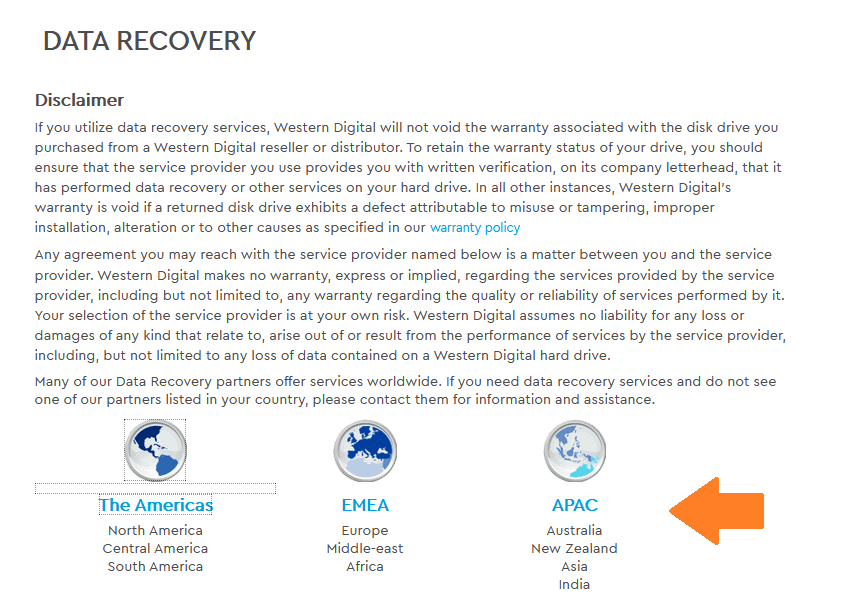
This is to ensure that the research that went into reallymine stays open. This project is licensed under the GPL version 3. The sectors won't go into the source repository either.)Ĭode contributions are also welcome. (Don't worry I only need the boot sectors and decryption key I won't need any of your actual data. If your drive isn't handled already, feel free to open an issue on GitHub to contribute your key sectors and partition maps, either by following the steps above or with our help. Reallymine is already quite capable, but is still in need of improvement to handle every possible case.

More specific usage information can be seen with -help. Use -help for a full list of possible steps. It takes four parameters: an input file to decrypt (or - for standard input), an output file to decrypt to (or - for a hexdump to stdout), the DEK as a hexadecimal string, and then a space-delimited string containing the decryption steps, such as those shown in the example output of the getdek command. This version also is no longer support for Mac OSx 10.5. Very Important: The WD Quick View will not work with older WD network drives such as the My Book World Edition (Blue Rings). This is done with the decryptfile command, which does not deal with a disk at all. This is a utility that will discover WD network attached storage drives on the network and provide drive status information. This will likely contain the partition map of your drive, allowing it to be used to verify that a DEK is correct without leaking any of your sensitive data.īut simply knowing the DEK is not enough you also need to know how to transform the data before and after decrypting to get the data back out properly.

The dumpfirst command, which takes the same form as the dumplast command, dumps the first few sectors of your hard drive without decrypting them. The DEK can likely be read out of the decrypted key sector. default - use the default KEK (no password) only onlyask - only ask for a password until the right one is used askonce - ask for a password once and only use the resultant KEK


 0 kommentar(er)
0 kommentar(er)
